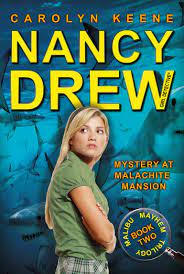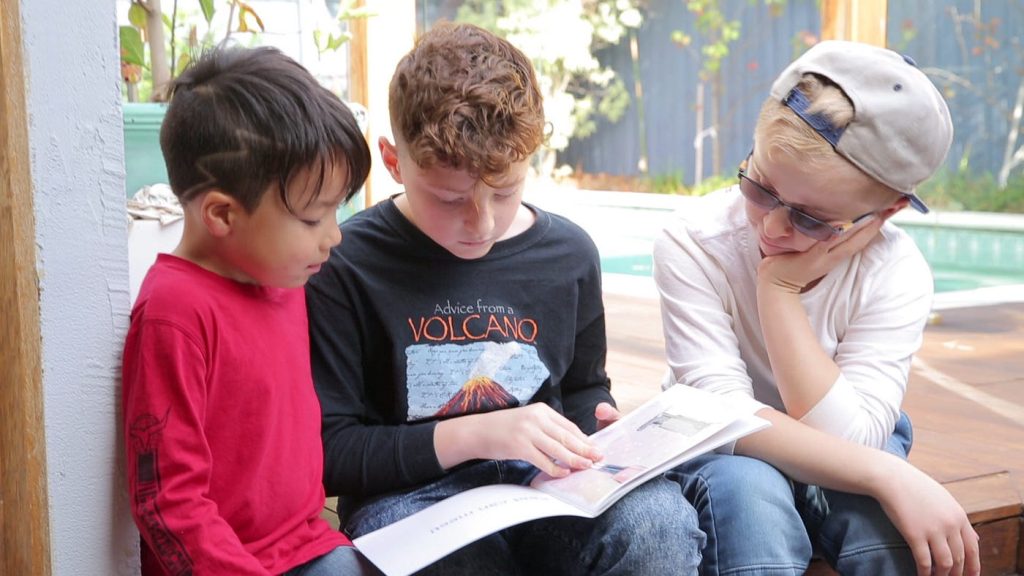Introduction:
Choose Your Own Adventure (CYOA) books have captured the imaginations of readers for several decades. These unique stories allow you, the reader, to make choices that ultimately determine the outcome of the tale. Whether you’re a fan of fantasy, mystery, science fiction or history, there’s a CYOA book out there for you. Here are 15 fun and engaging choices that will keep you on your toes.
1. The Abominable Snowman by R.A. Montgomery
Embark on a thrilling adventure through the snowy terrains of Nepal and try to uncover the mystery of the legendary yeti.
2. The Magic of the Unicorn by Deborah Lerme Goodman
Step into a fantastical world where you must save a village by finding its hidden water source, with the help of a mythical unicorn.
3. House of Danger by R.A. Montgomery
In this suspenseful thriller, you must investigate a haunted house that is rumored to hold untold treasures and dark secrets.
4. Escape from Pirate Island by Tony Koltz
Board an old pirate ship as you search for hidden treasure while avoiding treacherous traps and bloodthirsty buccaneers.
5. Space and Beyond by R.A. Montgomery
Travel through space as an intergalactic explorer and make decisions that could change the fate of the universe itself.
6. Inside UFO 54-40 by Edward Packard
Put your detective skills to the test when you encounter an unidentified flying object and work to uncover its hidden truth.
7. The Forbidden Castle by Edward Packard
Venture into dangerous territories as you explore a mysterious castle filled with strange creatures and fantastical rooms.
8. Mystery of Chimney Rock by Edward Packard
Unravel this spine-chilling story as you explore an eerie mansion filled with supernatural happenings and creepy occurrences.
9. The Race Forever by R.A. Montgomery
Test your driving skills in an international car race where you’ll face challenging obstacles and daring competitors.
10. By Balloon to the Sahara by D.Terman
Soar through the skies in a hot air balloon and get swept away on a perilous journey across vast desert landscapes.
11. Dragons’ Den by Rose Estes
Experience a world of magic and myth, where brave heroes take on dangerous quests to unlock the secret of an ancient dragon’s lair.
12. The Horror of High Ridge by Julius Goodman
Investigate an ominous mountain town plagued by strange happenings and uncover the dark forces lurking beneath its surface.
13. The Seventh Expert by Edward Packard
Become a member of an elite team tasked with saving the world from disaster, as you navigate complex challenges and zero-hour decisions.
14. To Catch A Thief by Rick Brightfield
Step into the shoes of a master detective as you track down an elusive mastermind responsible for a series of high-stakes heists.
15. The Secret Treasure of Tibet by Richard Brightfield
Unearth the mysteries hidden within an ancient Tibetan monastery, navigating the treacherous terrain and encountering mythical creatures along the way.
Conclusion:
These 15 Choose Your Own Adventure books offer readers hours of excitement and entertainment, appealing to a wide range of interests and age-groups. Feel empowered as you make crucial decisions while navigating these immersive stories, knowing that every path you choose creates a unique journey all your own. Happy reading!











